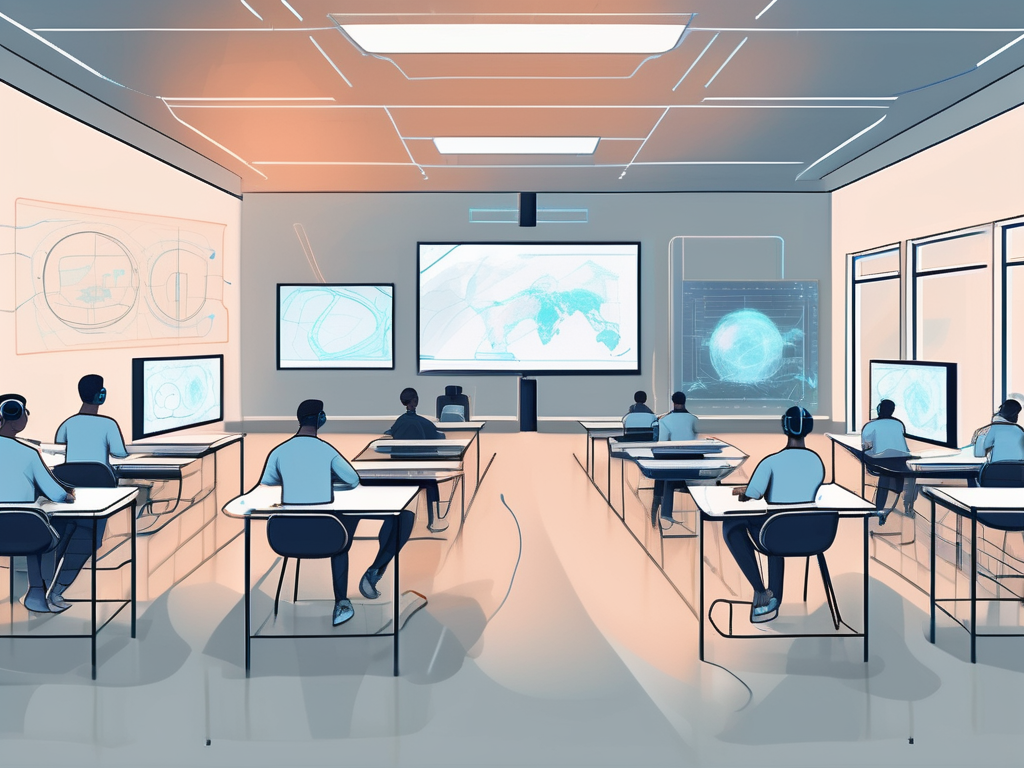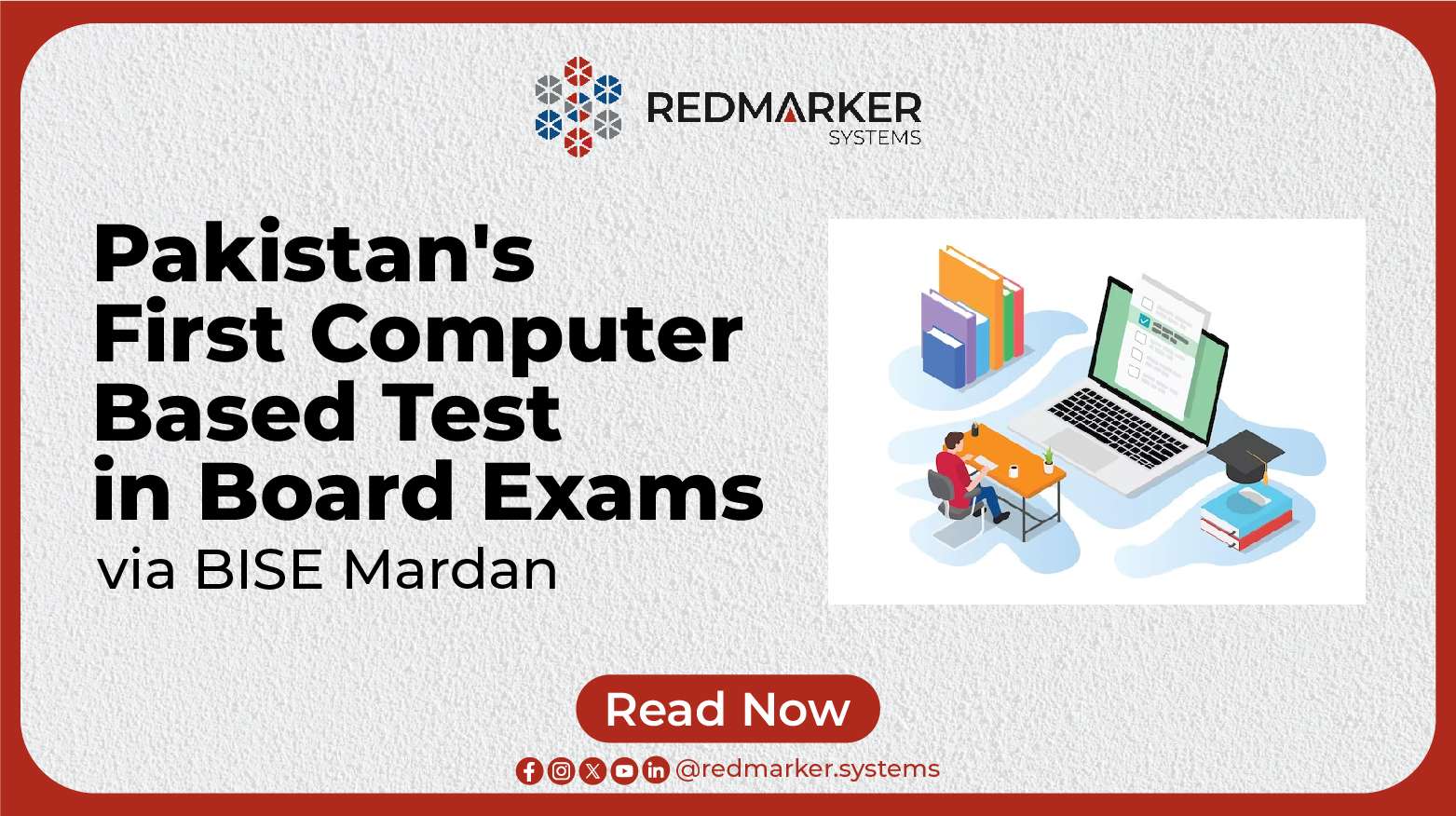The Future of Education: Exploring the Impact of EdTech
Education is an ever-evolving field, and with the rapid advancements in technology, it is no surprise that Educational Technology (EdTech) has become a significant part of modern education. In this article, we will delve into the World of EdTech, its influence on teaching and learning, and the potential challenges and solutions in implementing it.

Understanding EdTech: A Brief Overview
Defining EdTech
EdTech refers to the use of digital tools and resources to enhance teaching and learning. It encompasses a wide range of technologies, including online platforms, educational apps, virtual reality, and artificial intelligence, among others. The goal of EdTech is to revolutionize education by providing innovative solutions that cater to diverse learning needs.
When we delve deeper into the world of EdTech, we discover a vast landscape of possibilities. Online platforms, for example, have opened up new avenues for collaboration and interaction among students and teachers. Through these platforms, students can engage in discussions, share resources, and receive feedback from their peers and instructors.
Educational apps have also played a significant role in transforming the learning experience. These apps offer interactive and immersive activities that make learning more engaging and enjoyable. From language learning apps that utilize speech recognition technology to math apps that incorporate gamification, the possibilities are endless.
Virtual reality (VR) is another exciting technology that has found its way into the realm of EdTech. With VR, students can explore virtual environments and gain hands-on experience in various subjects. Whether it’s visiting historical landmarks, dissecting virtual organisms, or conducting virtual science experiments, VR brings learning to life in ways never before imagined.
Artificial intelligence (AI) is yet another game-changer in EdTech. AI-powered tools can analyze vast amounts of data to provide personalized recommendations and feedback to students. These tools can identify areas of improvement, suggest relevant resources, and adapt the learning experience to individual needs, making education more tailored and effective.
The Evolution and Impact of EdTech
EdTech has come a long way since its inception. Initially, it was mainly used for administrative tasks such as record-keeping and assessment. However, over time, it has transformed into a powerful tool that goes beyond administrative functions.
One significant milestone in the evolution of EdTech is the introduction of online learning platforms. These platforms enable students to access educational resources anytime, anywhere, promoting flexibility and convenience in learning. With the advent of mobile devices, learning has become more portable and accessible, making education a lifelong journey.
But the evolution of EdTech doesn’t stop there. It continues to push boundaries and explore new frontiers. For instance, the integration of gamification and adaptive learning has revolutionized the way students engage with educational content.
Gamification uses game elements to make learning more engaging and enjoyable for students. By incorporating elements such as points, badges, and leaderboards, gamified learning motivates students to actively participate and progress in their learning journey. It transforms the traditional classroom into an exciting and interactive space where students can learn through play.
Adaptive learning, on the other hand, tailors the learning experience to individual students’ needs, providing personalized instruction and support. Through the use of AI algorithms, adaptive learning platforms can assess students’ strengths and weaknesses, identify gaps in knowledge, and deliver targeted content and interventions. This personalized approach ensures that each student receives the support they need to succeed.
As we look to the future, the possibilities for EdTech are limitless. Emerging technologies such as augmented reality, blockchain, and machine learning hold immense potential to further enhance the learning experience. With each new development, EdTech continues to shape the landscape of education, empowering students and educators alike.
The Role of EdTech in Modern Education
Education technology, or EdTech, has emerged as a powerful tool in transforming traditional teaching methods and enhancing the learning experiences of students. By leveraging various multimedia elements such as videos, simulations, and virtual reality, EdTech has revolutionized the way students engage with educational content.
Enhancing Learning Experiences
With the integration of EdTech, educators can now create interactive and immersive learning experiences that go beyond the limitations of traditional classroom settings. By incorporating multimedia elements, students can visualize complex concepts, making the learning process more engaging and effective.
Imagine a history lesson where students can virtually explore ancient civilizations or a science class where they can conduct virtual experiments. These interactive experiences not only capture students’ attention but also deepen their understanding of the subject matter.
Moreover, EdTech enables students to learn at their own pace and provides them with the flexibility to review materials whenever needed. This self-paced learning approach promotes student autonomy and empowers them to take ownership of their learning journey. Students no longer have to conform to a one-size-fits-all approach; instead, they can tailor their learning experience to suit their individual needs and preferences.
Facilitating Personalized Learning
One of the greatest advantages of EdTech is its ability to facilitate personalized learning. Adaptive learning platforms utilize data analytics and algorithms to track students’ progress and identify their strengths and weaknesses. Based on this information, personalized learning paths are created to cater to each student’s unique needs.
Imagine a scenario where a student struggling with algebra receives additional practice problems and targeted resources to help them grasp the concepts better. At the same time, a student who excels in the subject is provided with more challenging problems to further enhance their skills. This personalized approach not only improves learning outcomes but also fosters a positive learning environment.
When students feel that their individual needs are being met, they are more likely to feel valued and supported. This, in turn, leads to increased motivation and self-confidence, as they can see their progress and growth over time. EdTech, with its ability to adapt to each student’s unique learning style, helps create a more inclusive and supportive educational environment.
In conclusion, EdTech has transformed the landscape of education by enhancing learning experiences and facilitating personalized learning. Through the integration of multimedia elements and adaptive learning platforms, students can engage with educational content in a more interactive and personalized manner. As technology continues to advance, the role of EdTech in education will only continue to grow, shaping the future of learning.
The Impact of EdTech on Teachers
Changing Teaching Methods
EdTech has had a profound impact on how teachers teach. Traditional lecture-based instruction is giving way to more interactive and student-centered approaches. Teachers now act as facilitators, guiding students through their learning journey and helping them develop critical thinking and problem-solving skills.
Additionally, EdTech has made it easier for teachers to provide timely and constructive feedback to students. Through online platforms, teachers can assess and grade assignments efficiently, pinpoint areas for improvement, and provide personalized feedback that addresses individual students’ needs.
Empowering Teachers with Tools
EdTech equips teachers with a wide array of tools and resources to support their teaching practices. Collaborative platforms enable teachers to collaborate with colleagues, share resources, and exchange ideas. This fosters a community of practice that promotes ongoing professional development.
Moreover, EdTech tools automate administrative tasks, allowing teachers to streamline their workload and focus more on instructional planning and student engagement. This leads to improved efficiency and teacher satisfaction.
The Influence of EdTech on Students
Fostering Student Engagement
EdTech has the power to ignite student engagement and excitement for learning. Interactive elements such as gamified quizzes, simulations, and multimedia presentations capture students’ attention and make learning enjoyable. This, in turn, enhances retention and comprehension of the subject matter.
Furthermore, EdTech provides opportunities for collaborative learning. Through online platforms, students can collaborate on projects, participate in discussions, and learn from their peers. This fosters a sense of community and promotes the development of teamwork and communication skills.
Promoting Independent Learning
EdTech empowers students to take ownership of their learning by providing them with resources and tools for independent learning. Online libraries and databases give students access to a vast amount of information, enabling them to explore topics beyond the curriculum and pursue their interests.
Additionally, EdTech tools enable students to track their progress and set goals. This self-monitoring promotes self-reflection and helps students develop metacognitive skills, which are essential for lifelong learning.
Potential Challenges and Solutions in Implementing EdTech
Addressing Technological Disparities
One of the significant challenges in implementing EdTech is bridging the technological divide. Not all students have equal access to devices and the internet, which can create disparities in learning opportunities. To address this challenge, it is crucial to ensure equitable access to technology by providing devices and internet connectivity to underserved communities.
Ensuring Data Privacy and Security
Another concern surrounding EdTech is the protection of students’ data privacy and security. With the collection and storage of sensitive information, it is essential to have robust safeguards in place to prevent unauthorized access and data breaches. Educational institutions and EdTech providers must prioritize data privacy and educate stakeholders on responsible data handling.
Conclusion
EdTech has the potential to shape the future of education. By enhancing learning experiences, empowering teachers and students, and addressing challenges in implementation, EdTech is revolutionizing the way we teach and learn. However, it is essential to proceed with caution, ensuring that technology is used as a tool to facilitate meaningful and equitable learning opportunities. As we embrace the future of education, let us harness the power of EdTech to unlock the full potential of learners worldwide.

